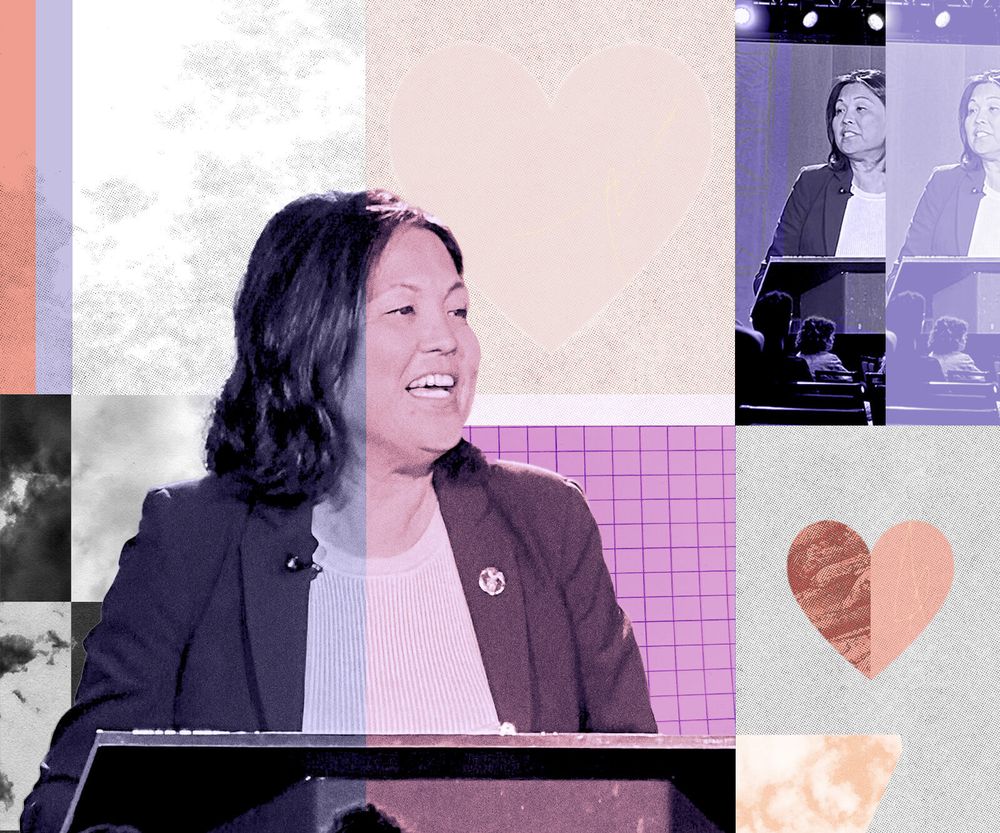There are currently 11 million workers in the “sandwich generation,” providing care for both children and elderly parents, and one-fifth of all full-time workers are caring for aging, disabled, or ill loved ones.
The value of supporting the work of caregiving has also become clear. In a forthcoming study, Stanford and Harvard researchers found a 336% return on investment for caregiving policies when the impacts on productivity, retention, and absenteeism are calculated.
Mike Jones, of caregiving concierge service Wellthy, previewed that research data at the CareFest by Caring Across Generations conference in Los Angeles this week. At the event, we spoke with researchers, advocates, and political and business leaders, many of whom called for stronger public investment in care, an area where the US continues to lag: In an Organization for Economic Cooperation and Development report on member nations’ public funding for child care and early-childhood education, the US ranked near the bottom, spending less than 0.5% of its GDP, compared to the average of around 0.8%—and well below investments of European nations with strong public child-care systems, such as Iceland and Sweden.
As more than one speaker noted, in the absence of public solutions, much of the burden has fallen on workplaces to address workers’ care needs. A question that came up throughout our conversations: Given the current state of affairs, what would it look like for businesses to take seriously our collective responsibility to invest in care?
Here’s what we heard:
Rethink the assumptions in current workplace policies. Tara McGuinness, head of New America’s New Practice Lab, noted that much of the way work is structured comes assumes two-parent households with one full-time caregiver at home. “If we were to rebuild the ideal workplace today and you conceived a design that worked for a single Latina mom, what time would the day start?” McGuinness asked. “What would the benefits package look like? What would the language around caregiving sound like? And what would the way you show up as a leader look like?”
Design benefits programs to reflect the different care identities workers can hold. Speakers encouraged leaders to not silo caregivers by groups. “Every single one of us is going to need to give or receive some kind of care, so it’s important that we think about it expansively and think about it inclusively,” said Dawn Huckelbridge, director of Paid Leave for All. Paid leave programs, for instance, should “cover different kinds of caregiving… not just maternity leave, not just parental leave, but it should cover all working people.”
Many caregivers have multiple care relationships in their life, including children, aging parents, family members with disabilities, or other loved ones. Support for caregivers must help them navigate these transitions, said Dr. Jennifer Olsen, CEO of the Rosalynn Carter Institute for Caregivers.
Workers should be partners in designing these policies. That could mean involving caregiver employee resource groups, drawing on data from employee feedback surveys, interviews, and town halls. Where workplaces are organized, unions can also play a role. April Verrett, secretary-treasurer of SEIU, pointed to SEIU Local 1199’s Child Care Fund, which is jointly funded by labor and management.
Paid care workers at home should be valued, too. This means bringing the same values of clarity, transparency, and fair compensation and benefits to babysitters and nannies, home-care workers, and home cleaners. Acting secretary of labor Julie Su announced a set of new sample employment agreements for private households to use as a tool. Many employers recognize that “when they do right by their workers, they do better as a business,” she said “It’s a very basic fundamental principle, and I think it applies when you’re employing people in your home as much as it would in an outside business.”
Companies should fight for care investments outside their workplaces. Building a care economy that works for all workers means that employees shouldn’t “have to win the best boss lottery in order to have access to care policies like paid leave or child care,” argued Fatima Goss Graves, president and CEO of the National Women’s Law Center. She urged business leaders to think beyond their own workplaces.
That could mean creating public-private partnerships to increase the supply of care in communities, joining business councils focused on advocacy, or lobbying directly for care policies. “We live in a world of profound scarcity for care policy, especially when it comes to families with young kids,” said McGuinness. “We don’t need modest changes. We need transformational changes.”
Read our interviews from CareFest by Caring Across Generations with Graves, Huckelbridge, and Moms First founder Reshma Saujani.
